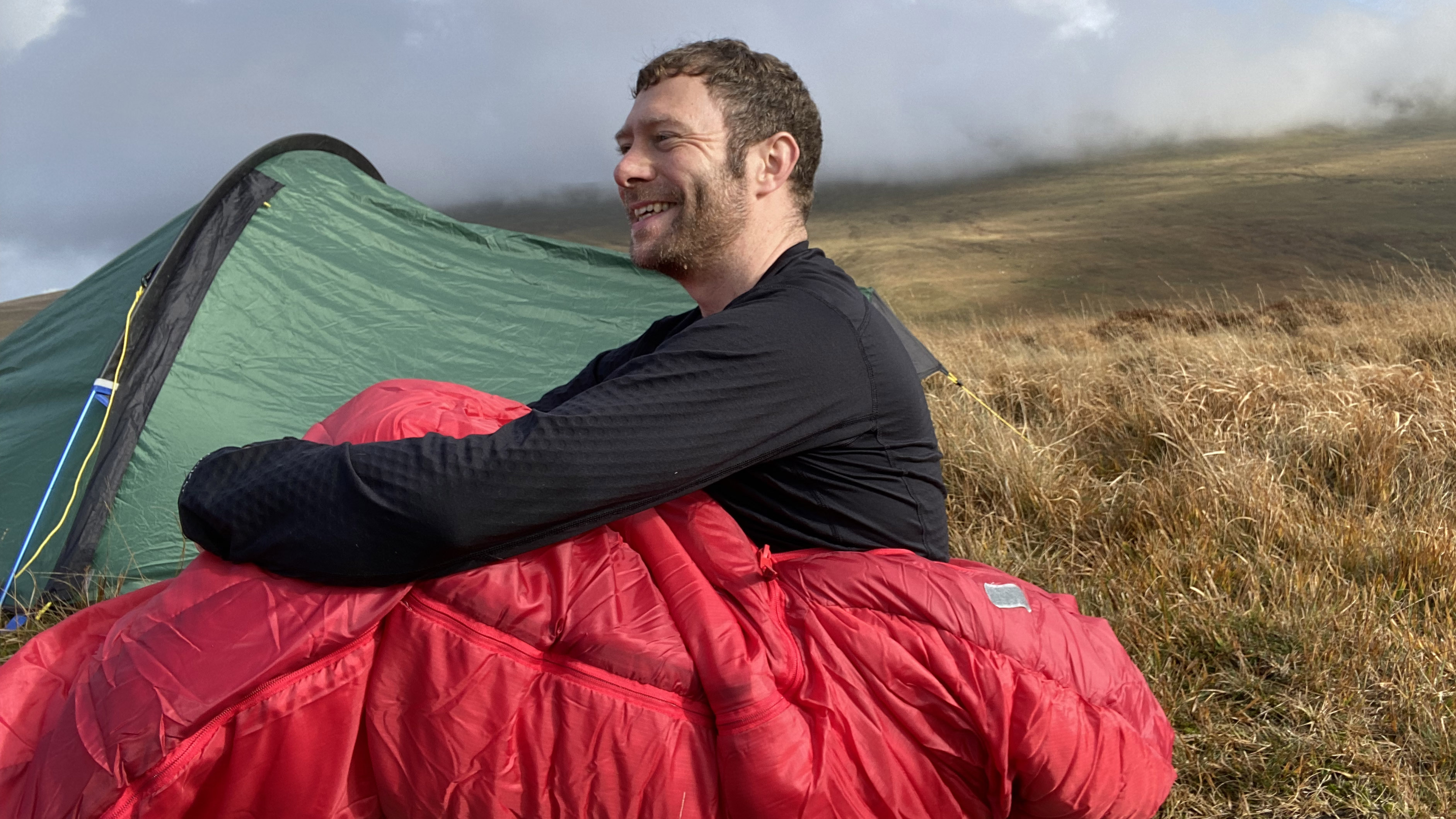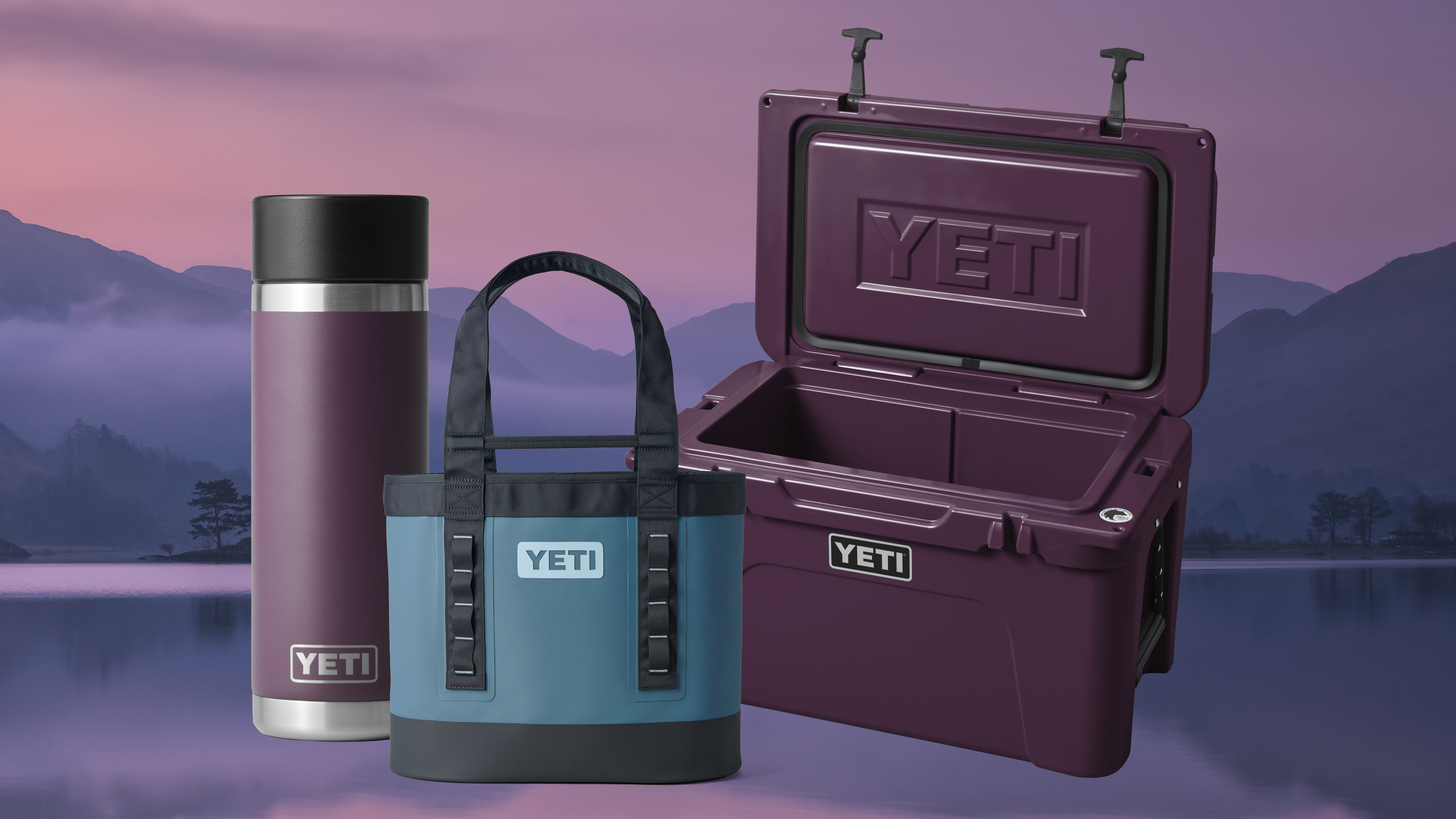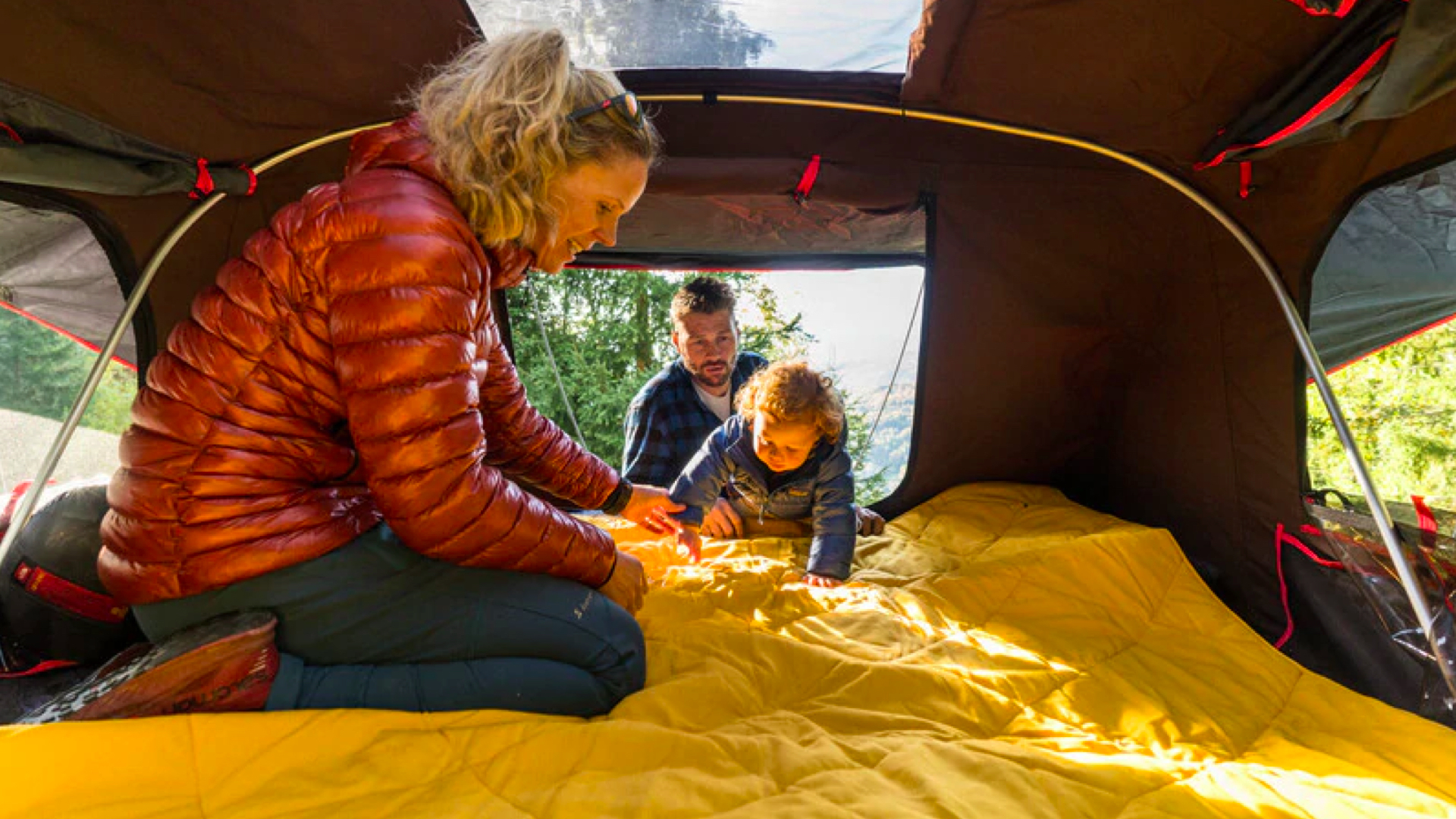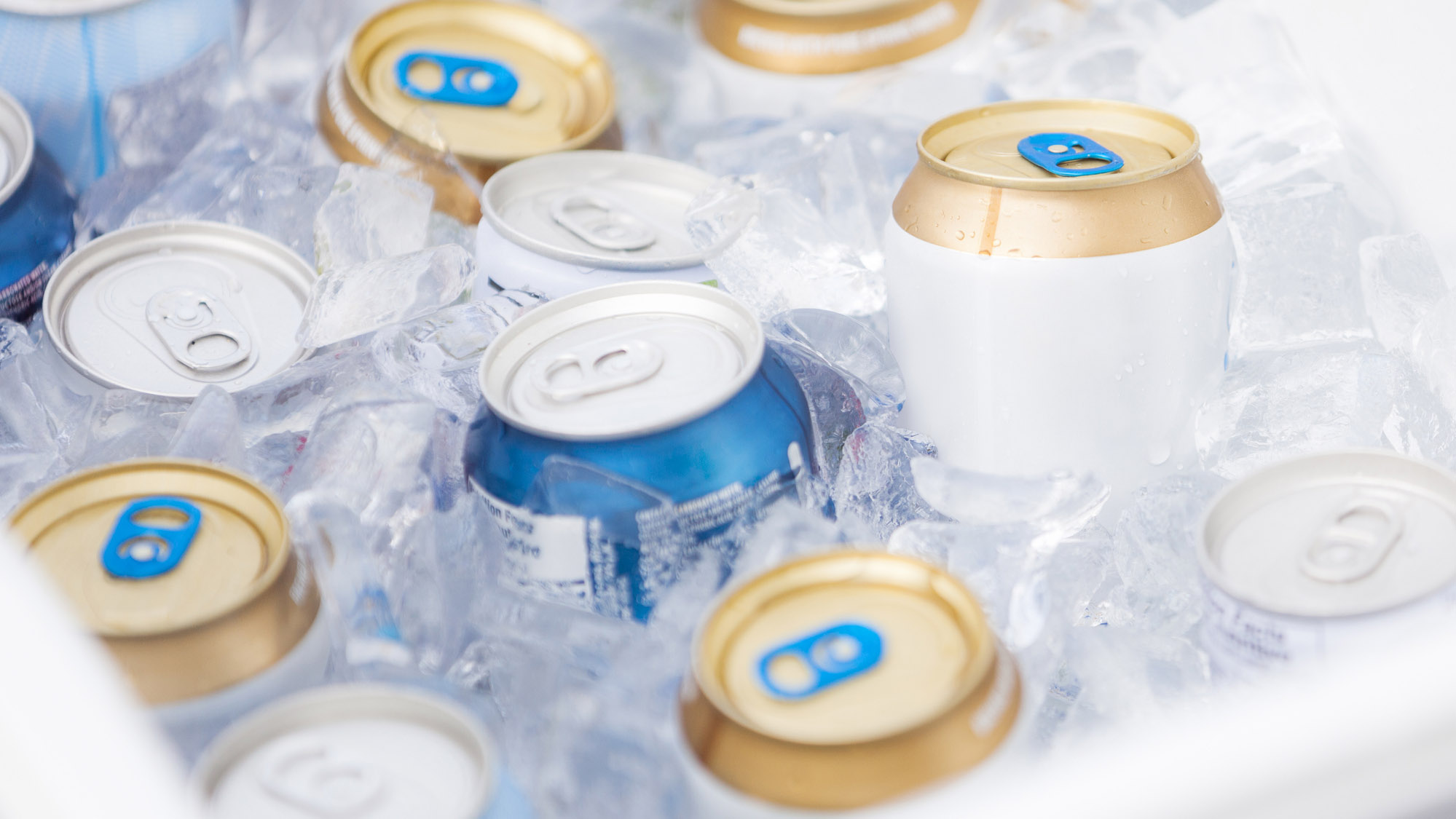Yeti vs Igloo: which is the coolest – therefore better – brand?
It’s Yeti vs Igloo, as we open the lid on the contest between two of the best camping cooler brands around in 2025

Yeti vs Igloo. These giants of the cool box world are spotted everywhere from festivals and parties to Arctic expeditions and stunningly remote fishing trips. One has been a mainstay in the cooler world since the 1940s, while the other is a recent upstart that has raised the bar in terms of cool box performance.
In this feature, we've asked one of our camping experts to pit Yeti up against Igloo and see which brand comes out coolest.
So, did we find Yeti to be abominable by comparison or did we give Igloo an icy reception? It’s going to be hard and almost certainly not one sided (just like their boxes then). Let’s get to it: Yeti vs Igloo.
Yeti vs Igloo: The verdict
If you’re in need of a tough as nails cooler that will keep everything chilled for several days, there’s no doubt that Yeti is a solid choice. Yeti has proven time and time again that its products stand up to the most robust and rigorous tests.
Igloo's coolers are substantially cheaper and this will appeal to the more casual user. Howerver, they're less durable and don’t perform as well or for as long as their Yeti counterparts.
Setting up base camp on Everest? Go Yeti, no doubt about it. Getting a cool box for your summer garden parties or getting your kid a soft sided cooler for school trips? Igloo’s more colourful, budget friendly options may suit better.
| Row 0 - Cell 0 | Yeti | Igloo |
| Origins and reputation | Only founded in 2006, Yeti have quickly risen to prominence, setting the benchmark for cooler performance. | Igloo have been creating coolers since 1947 and boast a number of firsts. It collaborates with child-friendly brands like Disney and Hello Kitty. |
| Products | Yeti's Tundra coolers are considered the finest hard sided coolers around, with wheeled options available. It also makes the Hopper soft sided cooler, a range of drinkware and other products too. | A much broader range, with several styles of hard sided coolers and a dazzling array of styles when it comes to soft sided options, with some aimed squarely at children. Igloo also makes drinkware. |
| Insulation | The Tundra 65 will keep food fresh for almost a week. | The comparable IMX 70 doesn't retain ice quite as long, about a day and a half less. |
| Durability | Highly durable with robust, patented T-Rex lid latches and dual-pin hinges too. | Lack of integrated hinges, rubber latches that contort over time and a lid that's not quite as durable as Yeti's. |
| Price | Much more expensive, with the Tundra 65 costing $350. | Much cheaper, the IMX 70 costs $229.99. |
Meet the expert

As a mountain leader, family man, avid camper and craft beer connoisseur, Alex is an expert when it comes to camping gear. He knows the importance of proper food and drink storage on camping trips and always puts his coolers to good use.
What is a camping cooler?
- A camping cooler is designed to keep its contents chilled in the great outdoors
- It makes use of insulated walls to maintain its inner temperature
- It requires lots of ice to bring the temperature down in the first place
A quality camping cooler is basically your fridge in the great outdoors and you'll need one if you want to keep food cold while camping. It uses thick, insulated walls to maintain the inner temperature and to keep the heat from outside… outside. Of course, to work properly, it needs its insides thoroughly chilled before you close it, which is why you have to add bucket loads of ice along with your beverages and food items.
All the latest inspiration, tips and guides to help you plan your next Advnture!
There are broadly two types of camping cooler: hard sided coolers that are highly insulating but not all that easy to move around; and soft sided coolers that don’t keep everything cold for quite as long but are much more portable. Yeti and Igloo are leaders in the field of hard sided coolers in particular, but also boast a range of other camping products too.
Origins and reputation
- Igloo has been going since 1947 and is known for its fashionable, colorful options
- Yeti was founded in 2006 and has set a new benchmark for cooler quality and durability

Igloo has been creating camping coolers since 1947 and is one of the most recognizable ice box brands in the US. It has repeatedly kept things fresh over a 75-year existence that has seen a number of firsts: from the wheeled cooler in 1994 to the fully-recycled plastic cooler in 2021. Its range of products is broad, with many fashionable and colourful options, as well as the occasional collaboration too, such as Disney and Hello Kitty.
Yeti, by contrast, is a recent upstart. Founded in 2006, it has risen rapidly to prominence and is considered by many to be the benchmark when it comes to hard-sided coolers. Launched by two brothers who found themselves frustrated at the apparent lack of quality – particularly in terms of durability – of the coolers on the market, they decided to create a cooler for the ‘serious outdoor enthusiast.’
Products
- Igloo has a huge range of hard sided and soft sided coolers
- Igloo also makes drinkware
- Yeti's range of coolers isn't as broad but its products have an excellent reputation
- Yeti make drinkware, tote bags, camping gear, dog bowls, hats and t-shirts too
Igloo’s range of coolers is broader than Yeti’s with many models and styles. The IMX coolers are its most durable and also feature Ultratherm insulation for the brand’s longest ice retention. These boasts a few thoughtful features, such as an integrated bottle opener and cup holders. Its BMX coolers are also designed for rugged adventures, while the ECOCOOL boxes are a world first in recycled plastic.
The brand has five other varieties of hard sided coolers and a dazzling array of styles when it comes to soft sided coolers: think the Luxe range for the fashion conscious and their Disney collection for the kids. The Playmates coolers are aimed squarely at school children.
Yeti’s ultra-durable Tundra cool boxes are widely regarded as the finest around. Wonderfully insulated, there’s no chance of bears stealing the contents either, as the Tundra is designed to be bear proof. Both the Tundra Haul and Roadie boxes come with wheels for increased portability. Yeti’s modern Hopper soft sided coolers have a good reputation too, albeit not the stellar rep of the Tundra. Both come in a range of sizes.

As well as coolers, Igloo makes a range of drinkware, with bottles, cans, jugs and tumblers. Yeti also puts its insulation know how into a range of tumblers, bottles, mugs (such as the Yeti Rambler), jugs and barware, all of which are well regarded and rival some of the finest products available today. In fact, we squared them off against another industry leader in Hydro Flask for our Yeti vs Hydroflask feature.
High levels of durability is a common factor in Yeti’s product line-up. This quality can also be seen in its Trailhead camping chair, which is very highly thought of but also very expensive. Yeti also has a range of bags, dog products, the marvellous Lowlands blanket, a couple of hats and t-shirts too.
As cool boxes are arguably both brands' forte, for the purposes of comparison we've chosen the Yeti Tundra 65 and the Igloo IMX 70 hard sided coolers. They're ideal for delving deeper into the insulating qualities, durability and price points of these two brands.
Insulation
- Yeti's Tundra 65 keeps food fresh around a day and a half longer than the IMX 70
Yeti’s Tundra 65 will keep food fresh for almost a week, a duration that’s pretty much unrivalled in the cool box world. It’s worth noting that the smaller versions of the Tundra don’t boast quite the same level of insulation but they will still retain ice for around four days.

Igloo’s IMX 70 can’t compete with the Tundra 65 in terms of ice retention. While it does slightly outperform the smaller Yeti’s in this regard, food lasts over a day and a half longer in the Tundra 65 compared to the IMX. Yeti comes out on top.
Durability
- Yeti's designs and components are more durable than Igloo's
The IMX’s lack of integrated hinges immediately raise eyebrows when it comes to durability. If overextended, you can literally see them straining towards breaking point. The box’s rubber latches are also known to contort over time. This adds up to a lid that won’t withstand years or abuse in rugged outdoor settings.
Meanwhile, the Tundra’s rotomolded contruction and magnificent design means that it’s almost indestructible. The robust and patented T-Rex lid latches are designed so that they never fail and the box’s hinges interlock, with an almost unbreakable dual-pin design.
Price
- Yeti is more expensive, with the Tundra 65 costing $350 compared to $219.99 for Tundra's IMX 70
Igloo’s IMX 70 is currently priced at $2199.99 (£239.95), whereas the Tundra 65 will set you back a cool $350.00 (£350.00), so it’s clear that the additional quality comes at a price.
Comparing water bottles also finds Yeti to be more expensive, with their 34oz Water Bottle with chug cap costing $28.00. Meanwhile, Igloo's 36oz Twist 'n' Chug Bottle currently costs only $17.99.

Alex is a freelance adventure writer and mountain leader with an insatiable passion for the mountains. A Cumbrian born and bred, his native English Lake District has a special place in his heart, though he is at least equally happy in North Wales, the Scottish Highlands or the European Alps. Through his hiking, mountaineering, climbing and trail running adventures, Alex aims to inspire others to get outdoors. He's the former President of the London Mountaineering Club, is training to become a winter mountain leader, looking to finally finish bagging all the Wainwright fells of the Lake District and is always keen to head to the 4,000-meter peaks of the Alps. www.alexfoxfield.com

